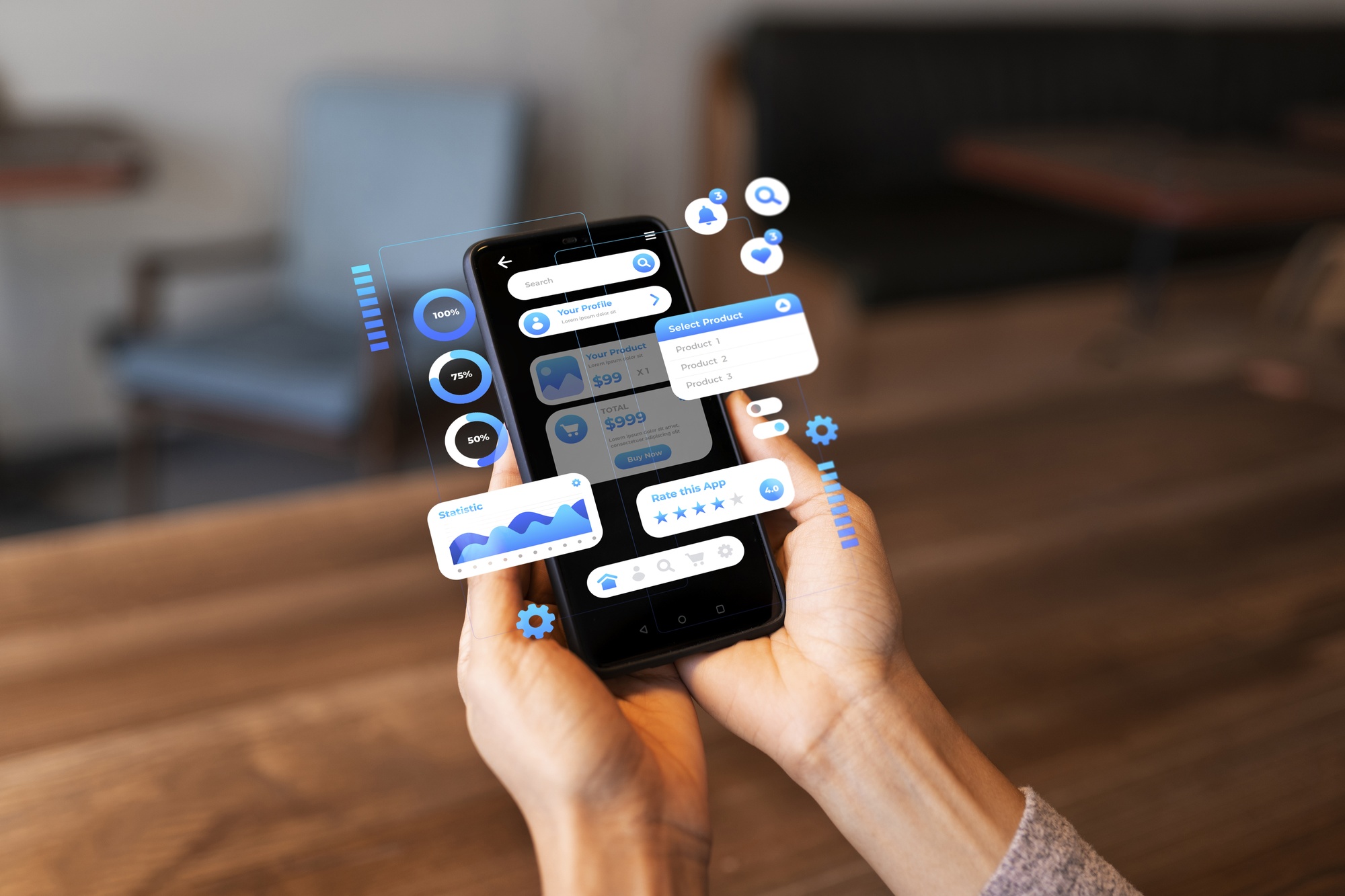How to Create an Android App: A Step-by-Step Guide for 2025


With billions of Android users worldwide, launching a mobile app can skyrocket your business. If you’re wondering how to create an Android app, this guide will walk you through every step, from idea to deployment.
Android apps dominate the mobile market, making them a lucrative avenue for businesses and developers. Here’s why you should consider building one:
If you’re ready to enter the app market, let’s dive into the process!
Before you start coding, you need a solid app concept. Ask yourself:
Check Google Play Store to see if similar apps exist. Study their strengths and weaknesses to find a competitive edge.
Decide how your app will generate revenue:
To build a powerful Android app, you need to select the right technologies.
A great design ensures a smooth user experience. Follow Material Design guidelines to make your app visually appealing and user-friendly.
This includes designing the user interface and handling user interactions.
The back-end handles the logic, data storage, and API integrations.
crucial to fix bugs and ensure smooth performance.
Firebase Test Lab – For automated testing
Android Emulator – To simulate different devices
Real-World Testing – Get feedback from actual users
Once your app is polished and ready, follow these steps:
After approval, your app goes live for download! 🚀
Launching an app is just the beginning. Regular updates keep users engaged and ensure security patches are up to date.
Use Firebase Analytics to track user behavior and improve app performance based on real-time data.
Developing an app from scratch is time-consuming and requires expertise. If you want to hire dedicated Android app developers to handle everything for you, Magic Factory Tech is here to help!
Get your dream app developed by industry-leading professionals today!
Contact Us to Get Started!
How long does it take to create an Android app?
It depends on complexity. A simple app may take 1-2 months, while a feature-rich app could take 6+ months.
Can I create an Android app without coding?
Yes! No-code platforms like Thunkable, Appy Pie, and Kodular let you build apps with drag-and-drop features.
How much does it cost to develop an Android app?
Costs range from $5,000 to $50,000+ depending on features, team size, and location.
Is it necessary to publish my app on Google Play Store?
No, you can distribute APK files directly or list them on alternative app stores like Amazon Appstore.
What skills are needed to create an Android app?
Basic knowledge of Kotlin/Java, UI design, APIs, and databases is essential.
Can I make money from my Android app?
Yes! Monetization options include in-app purchases, ads, subscriptions, and premium downloads.
Creating an Android app is a rewarding experience that can boost your business or personal brand. Whether you’re a developer or an entrepreneur, following this step-by-step guide ensures a smoother journey in app development.
If you’re serious about building a high-quality app, start today and bring your idea to life! If you need expert assistance, you can hire an Android app developer to turn your vision into reality.